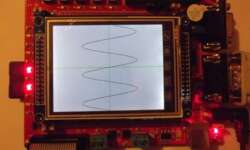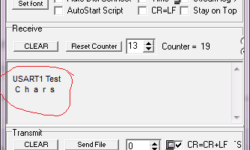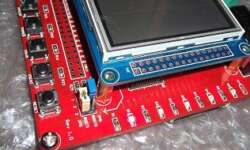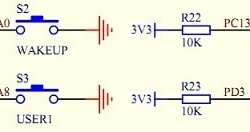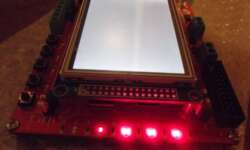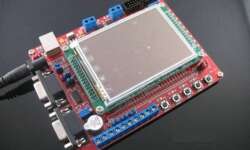Project demo on STM32F103RBT6 using GCC
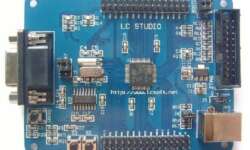
STM32F103R board is a simple and easy development board to learn STM32 microcontroller programming. Its heart is an STM32F103RBT6 ARM Cortex-M3 microcontroller with 128K of Flash and 20K of SRAM memory. It can be clocked at the maximum 72MHz frequency and considered a medium-density performance line microcontroller. Other features include USB, CAN, seven timers, 2ADCs, and nine communication interfaces. The Development board has several excellent features to get started. First of all, it has an RS232 interface for communicating and accessing the bootloader. There also is a USB 2.0 full-speed interface connector that also can work as the power supply. Next is a JTAG connector to program microcontroller using tools like a J-Link adapter. Two pushbuttons and two programmable LEDs are hardwired to MCU pins alongside all I/Os connectors.






